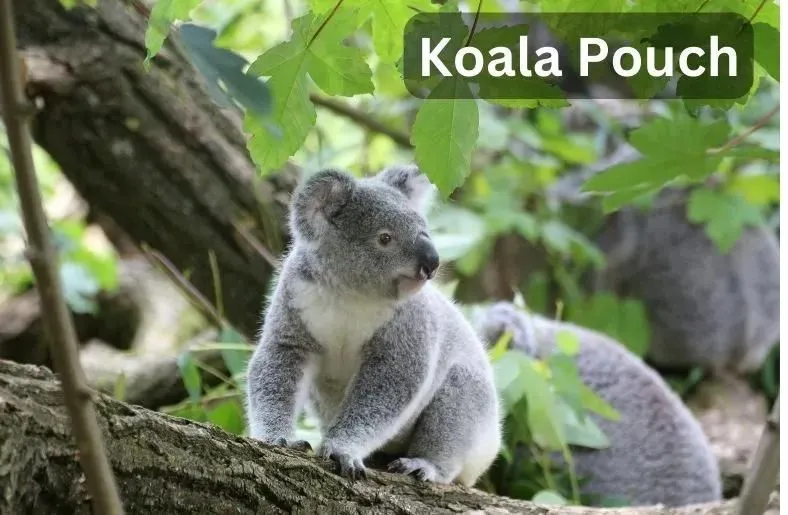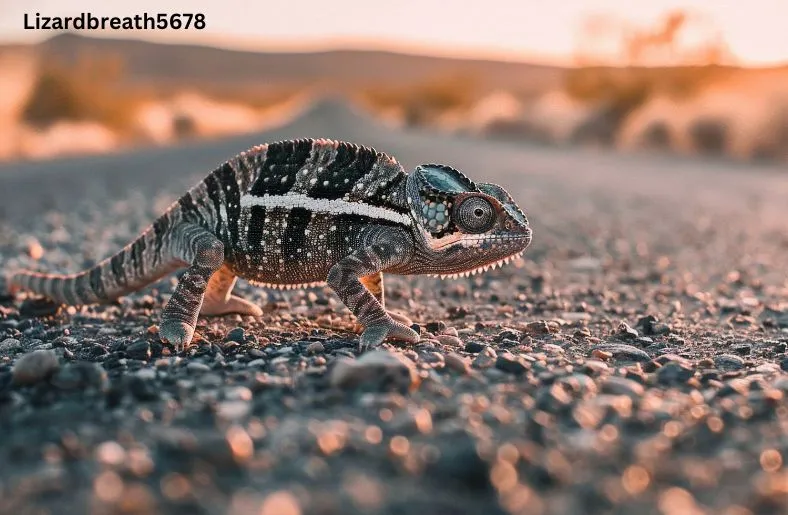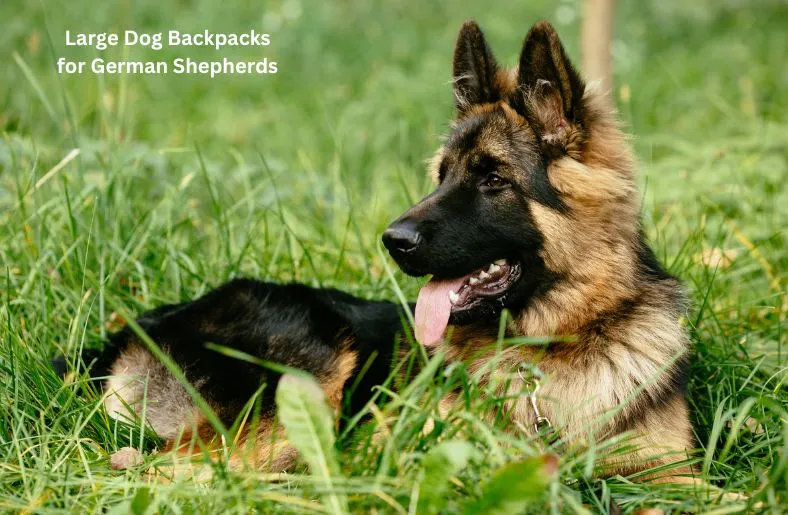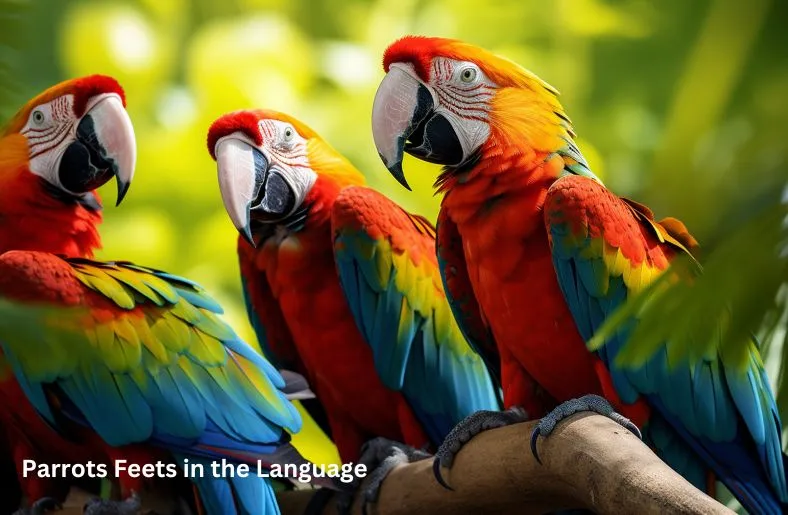I. Introduction
In the vast expanses of Australia’s eucalyptus-laden territories, koalas reign supreme as iconic symbols of wildlife. Beyond their charming demeanor and fluffy appearance, koalas possess a remarkable feature unique to marsupials: their pouches. These pouches, nestled snugly against the mother’s abdomen, serve as the cradle of life for koala joeys. Far from being mere appendages, these pouches play a pivotal role in the reproductive biology of koalas, offering a nurturing environment for the development of their offspring. As we embark on this scientific journey, we are poised to uncover the intricate workings of this pouch, shedding light on its significance in the cycle of koala survival and propagation.
II. Evolutionary Origins of Marsupial Pouches
Marsupial mammals, a distinctive group characterized by their pouched young, boast remarkable reproductive adaptations. These creatures give birth to highly underdeveloped offspring, which then continue their growth inside the safety of the mother’s pouch.
The evolutionary journey of marsupial pouches spans millions of years, marked by gradual adaptations to optimize the survival of their young. Fossil evidence suggests that early marsupials likely possessed simple pouches, which evolved over time to accommodate and protect their developing offspring.
The koala pouch, uniquely adapted to the species’ arboreal lifestyle, serves multiple crucial functions in their survival. Its design provides insulation, protection, and support for the joey, ensuring their safety during the vulnerable stages of development. Additionally, the pouch facilitates bonding between mother and offspring, fostering essential maternal care behaviors critical for the joey’s well-being.
III. Anatomy and Physiology of the Koala Pouch
The koala pouch, situated on the abdomen of the female, is a marvel of nature’s engineering. Its unique structure consists of a fur-lined opening that leads into a spacious, warm chamber perfectly designed to cradle and protect the developing joey.
Within the confines of the pouch, a microenvironment tailored to the joey’s needs ensures optimal development. The pouch provides a cozy, temperature-regulated space where the joey receives constant nourishment and protection from the elements, fostering healthy growth and maturation.
Compared to pouches in other marsupials, the koala pouch exhibits specialized adaptations suited to its arboreal lifestyle. While similar in function to other marsupial pouches, the koala pouch boasts additional features such as its unique positioning and fur-lined interior, enhancing its efficacy in nurturing and safeguarding the young.
IV. Pouch Development and Reproduction
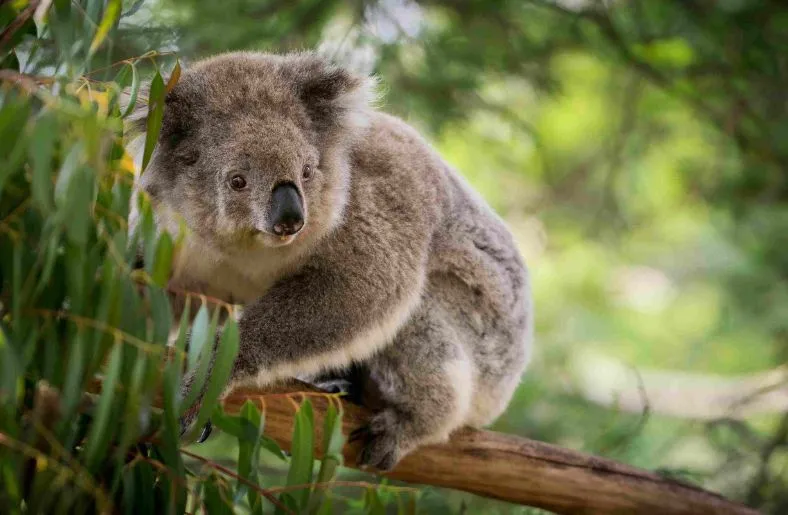
Female koalas undergo a complex reproductive cycle, characterized by a brief estrous period and receptive window for mating. After successful mating, the fertilized egg develops into a tiny embryo, which attaches to the mother’s uterine wall. Following a short gestation period, as short as 33 to 35 days, the tiny joey is born and immediately crawls into the safety of the mother’s pouch.
During pregnancy, the female koala’s body undergoes remarkable changes to prepare for pouch development. As the embryo grows, specialized cells in the skin of the mother’s abdomen begin to proliferate, forming the structure of the pouch. Concurrently, hormonal changes orchestrate the growth and expansion of the pouch, ensuring it is ready to accommodate the developing joey upon birth.
Hormones play a crucial role in the initiation and maintenance of pouch formation. Elevated levels of progesterone and estrogen during pregnancy stimulate the growth of the pouch, while prolactin promotes lactation to nourish the young. Maternal care also contributes to pouch maintenance, as the mother diligently grooms and cleans the pouch to provide a hygienic environment for her offspring’s development.
V. Pouch Dynamics: Maternal Care and Joey Development
Koala mothers exhibit meticulous maternal care behaviors, diligently attending to the needs of their offspring. They groom their young, ensuring cleanliness and hygiene, and provide constant warmth and comfort within the pouch.
Inside the pouch, joeys undergo rapid development under the watchful eye of their mothers. Initially, they latch onto a teat within the pouch, where they receive nourishment and grow at an astonishing rate.
The pouch serves as a vital lifeline for joey survival, offering warmth, nourishment, and protection from external threats. Its cozy confines shield the young from harsh weather conditions and predators, ensuring their safety and well-being during the vulnerable stages of development.
VI. Pouch Microbiome: The Hidden Ecosystem
The concept of microbiomes in pouches unveils a fascinating world of microscopic organisms that coexist in symbiosis with their marsupial hosts. These diverse microbial communities play integral roles in maintaining pouch health and supporting the development of young joeys.
Within the koala pouch, a rich array of microbial species thrives, forming a complex ecosystem. These microbes, including bacteria and fungi, contribute to pouch hygiene, nutrient cycling, and immune system development in joeys. Understanding the dynamics of the pouch microbiome offers valuable insights into koala health and conservation efforts.
VII. Pouch Challenges and Threats
Koalas confront various pouch-related challenges, including infections, injuries, and pouch abnormalities, which can hinder joey development and survival.
Habitat loss, exacerbated by climate change, poses a grave threat to koala populations, disrupting their natural habitats and reducing food sources. Additionally, diseases such as chlamydia and bushfires further jeopardize pouch health and koala survival.
Conservation efforts strive to mitigate pouch-related threats through habitat restoration, disease management programs, and public awareness campaigns. Research initiatives focus on understanding pouch dynamics and implementing strategies to safeguard koala populations for future generations.
VIII. Future Directions in Koala Pouch Research
Despite strides in understanding, significant gaps persist in comprehending koala pouch biology, including its immune system dynamics and microbial interactions.
Future research endeavors may delve into elucidating the intricate dynamics of the pouch microbiome and leveraging cutting-edge technologies for non-invasive monitoring and diagnostics.
Ongoing research is imperative for informing evidence-based conservation strategies and bolstering management efforts to safeguard koala populations and their unique reproductive adaptations.
IX. Conclusion
Key findings illuminate the intricate science behind the koala’s pouch, underscoring its pivotal role in species survival.
Understanding and safeguarding this unique reproductive adaptation are essential for koala conservation and ecosystem health.
Urgent action is warranted to drive further research, conservation initiatives, and public awareness to protect the koala’s pouch and its inhabitants.

